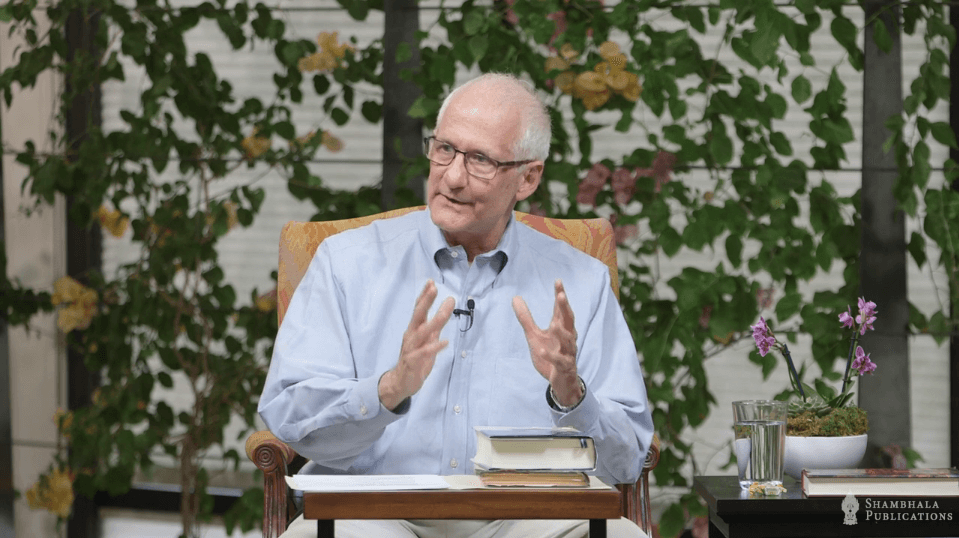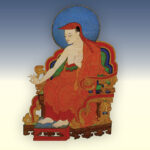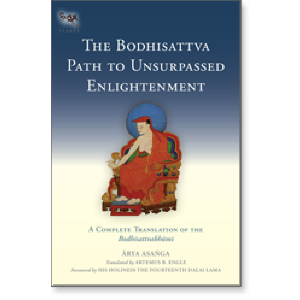From Artemus Engle's introduction to his translation of Asang'a Bodhisattvabhumi
A Manual for the Entire Bodhisattva Collection of Discourses

Regarding this topic, the extensive discourses fully present the bodhisattva path—which is to say, the seven stages and the four types of conduct—and fully present the qualities of a buddha—which is to say, the one hundred and forty unique buddha qualities that range from the four forms of complete purity up to the knowledge of all aspects and of what is most excellent—all of which are described in The Stage of a Bodhisattva. Because these teachings are great in number, highly exalted in their subject matter, and practiced for three vast periods of time each consisting of a countless number of kalpas, they are called the "extensive discourses."
A few lines later the same work describes the category of teachings known as "instructions":
Regarding this topic, the division of the Buddha’s speech called "instructions" contains the matrika compilations that have been extracted from the sutra discourses. Regarding these, all of the extracts from the sutra discourses that constitute the definitive meaning of the Buddha’s teaching are called matrika compilations. Those sutra teachings in which the defining characteristics of entities are presented, as well as the instructions in which the defining characteristics of entities are presented unerringly by those listeners who are abiding in the realization that perceives the nature of things, are what are contained in the matrika compilations and they are also what are contained in the Abhidharma collection.
Just as an alphabet is the starting point for learning treatises on language and secular crafts, the explanations of the defining characteristics of entities should be understood as the starting point for learning the Buddha’s overall teaching. Just as the written word cannot become evident without an alphabet, likewise the meanings of the twelve categories of the sutra teachings will not become evident if the meanings of the defining characteristics of entities have not been established and they will become evident when the meanings of the defining characteristics of entities have been established. The matrika compilations are called the Abhidharma because they present the defining characteristics of entities unerringly. Thus, the explanations of all the remaining categories of sutra teachings that are based upon the matrika compilations are what make up the category of Buddhist teachings that is called "instructions."
These passages clarify the sense in which Asanga considered his Stage of a Bodhisattva to be a compendium of all the authoritative instructions that pertain to the Great Vehicle tradition of Buddhism. As such, the work can fairly be described as an Abhidharma guide to all of the vast and profound subjects taught throughout the canonical literature of the Great Vehicle tradition. I translate the term matrika here as "manual" because, unlike the early Abhidharma tabulations of terms and their defining characteristics, The Stage of a Bodhisattva is a prose literary work that organizes its explanations within the context of a systematic framework. Moreover, its style and scope are unparalleled among all the Indian treatises that were translated and incorporated into the various historical traditions of Tibetan Buddhism.


